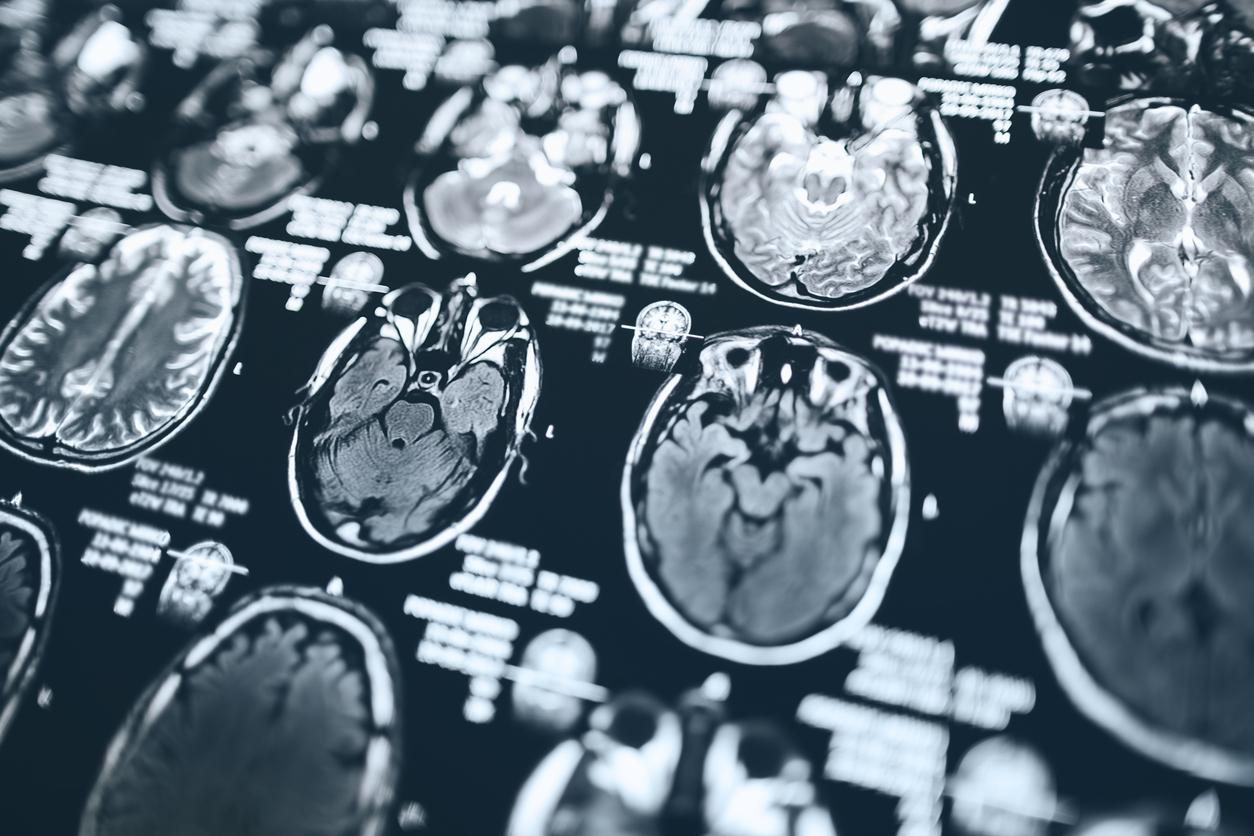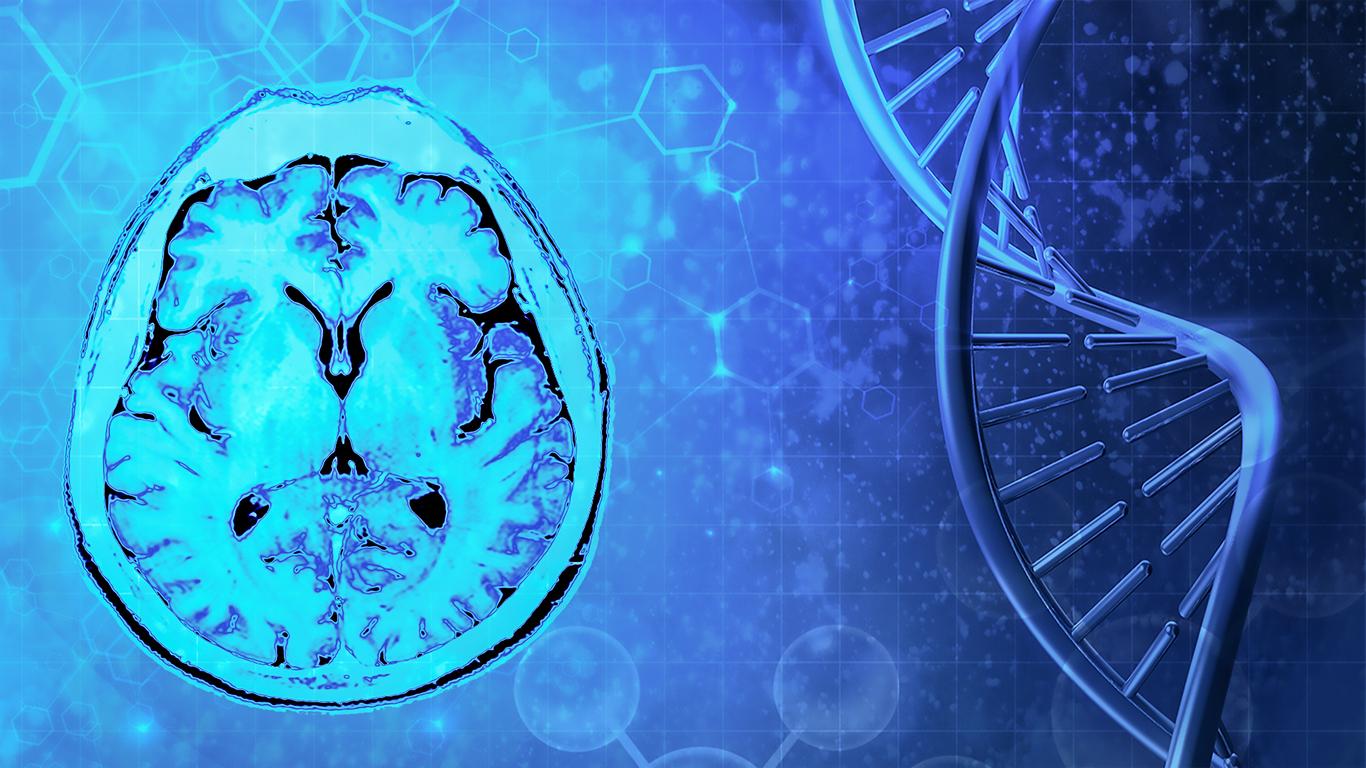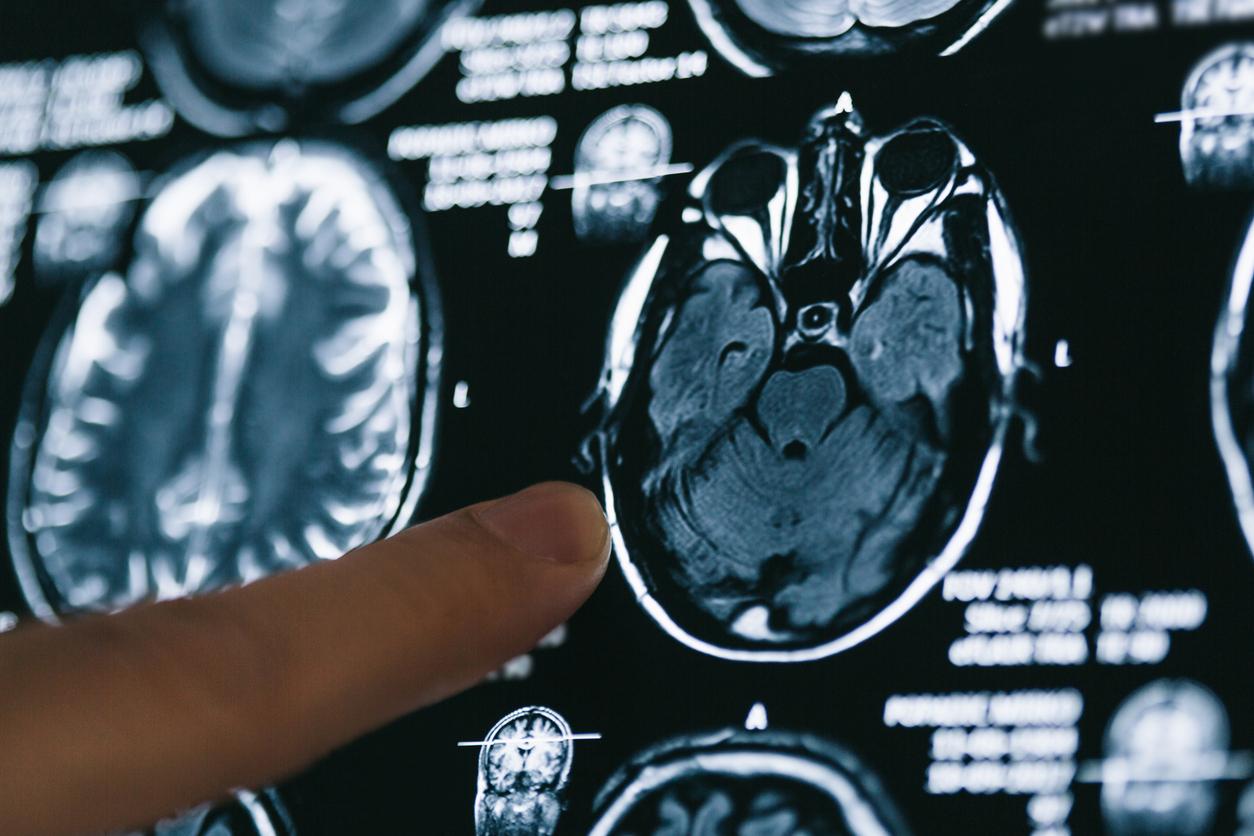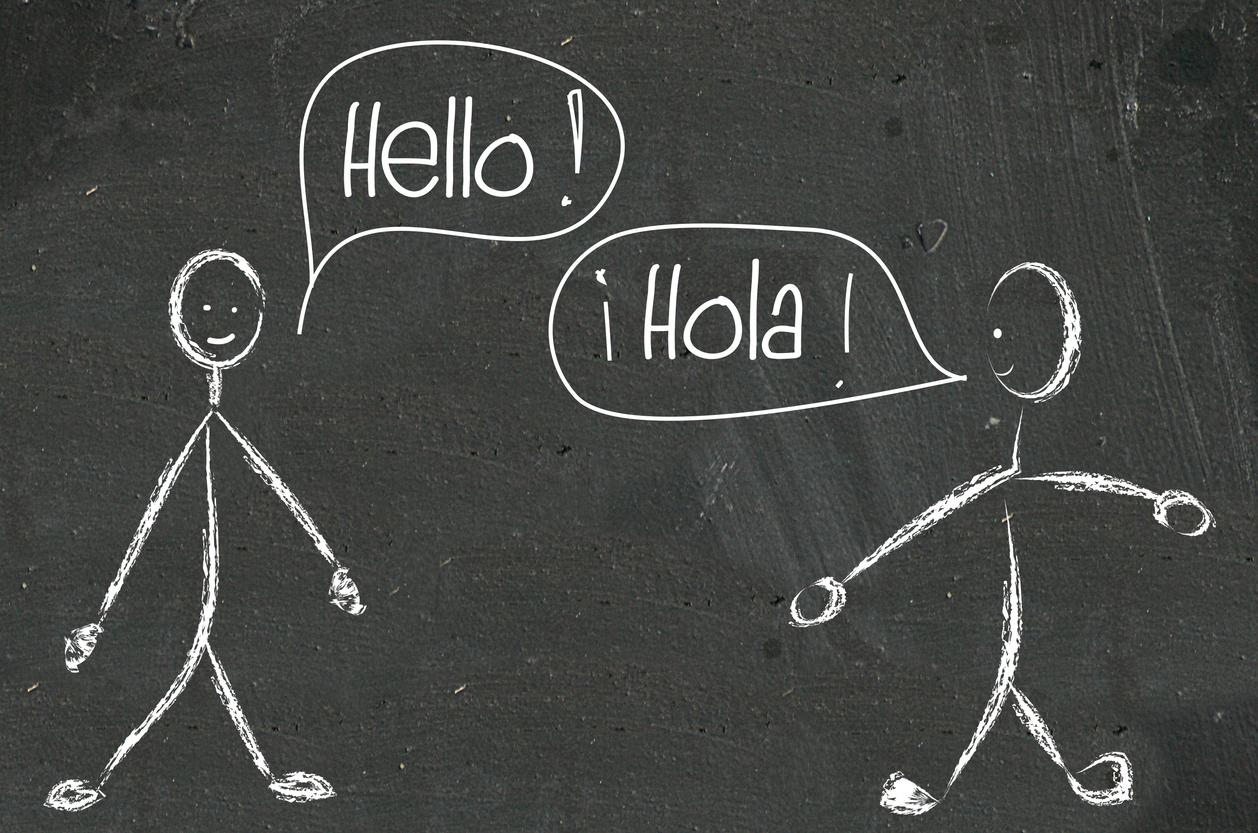An international team of researchers has developed a tool to plot the growth curve that a human brain follows, from birth to death.

- What if we could follow the growth of the brain thanks to a medical curve? This is the idea of a vast international study
- Researchers around the world have managed to collect more than 120,000 scans to reproduce the evolution of the brain
Based on 123,894 MRI scans taken from 101,457 people (the largest collection of its kind), this unique tool was developed thanks to the worldwide collaboration of researchers who agreed to share data relating to studies published on the evolution of the brain.
Co-directed by the researcher Jakob Seidlitz, of the University of Pennsylvania (United States), this new work has an ambitious objective: to trace the life path of the brain, from the 16-week fetus to the hundredth year of existence of a individual.
The scans included the brains of neurotypical people, as well as people suffering from various pathologies such as Alzheimer’s and autism spectrum disorders.
“The researchers used statistical models to extract information from the images and ensure that the scans were directly comparable, regardless of the type of MRI machine used.“, explains an article published on the website of the journal Nature.
How big is the human brain? How does it change across the lifespan? HAS @Nature study I co-led w/ @rai_bethlehem @SimonWhite83 @edbullmore @Aaron_A_B sheds light on open fundamental questions in neuroscience & 200+ co-authors/consortia! ?????????? Thread????https://t.co/L2dplv9bpn
—Jakob Seidlitz (@jakob_seidlitz) April 6, 2022
A database that is not yet inclusive enough
The curve developed by these scientists is in the form of a series of graphs representing several key parameters of the brain according to age. The volume and width of gray matter, for example, reach their maximum size early in an individual’s development, while the volume of white matter (located in more remote areas of the brain) finishes developing around age. 30 years old.
The idea of this project is to develop a tool to monitor brain growth throughout life, and in particular during childhood, as is already done to monitor the evolution of height and weight.
A titanic enterprise that will still have to be the subject of much research before becoming a routine medical tool! Indeed, the data collected so far does not cover all the continents fairly. Only 1% of the scanners used in the study come from, for example, South America and Africa.
.

















